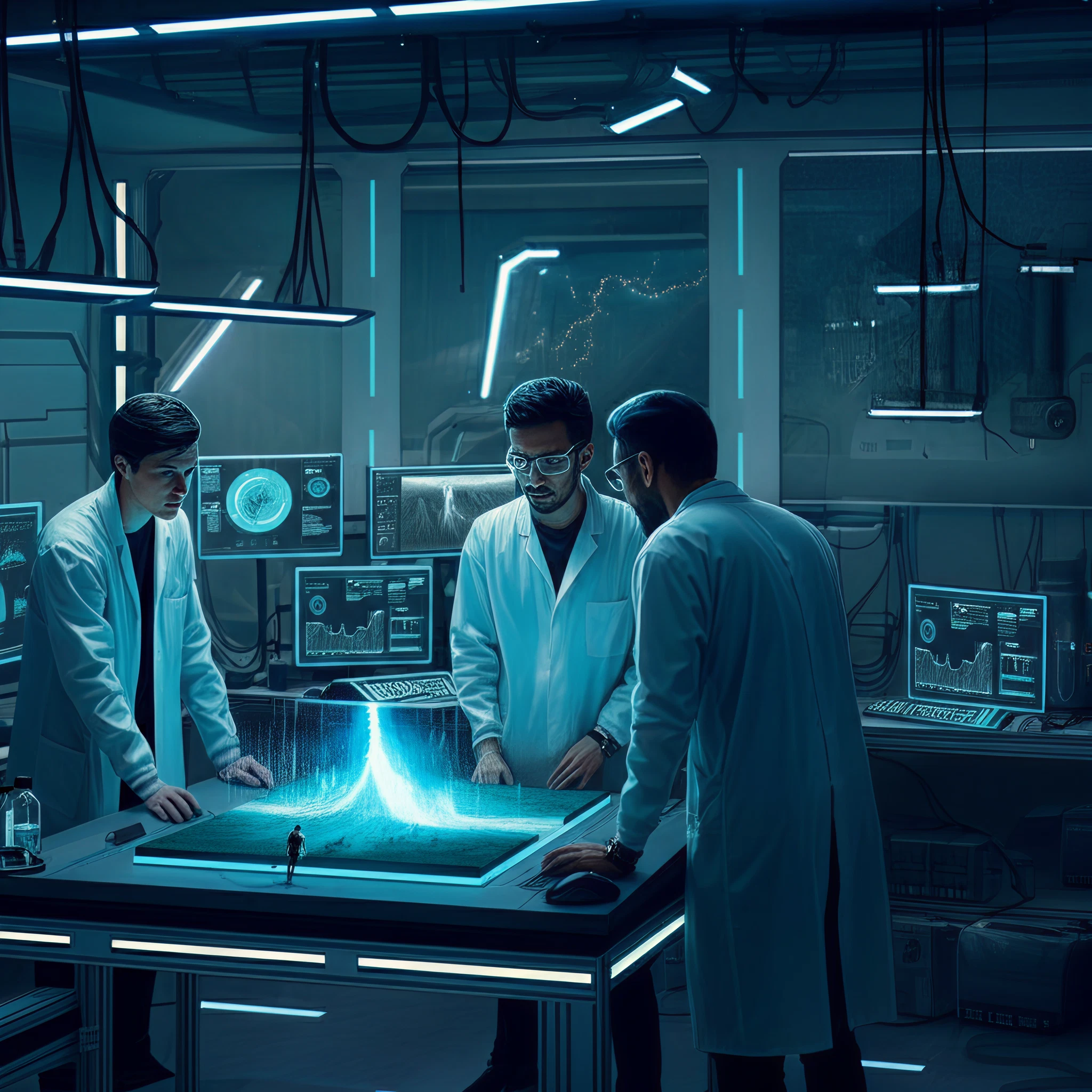Yellowstone National Park is renowned not only for its breathtaking landscapes and geothermal marvels like Old Faithful but also for housing one of the largest active volcanic systems on Earth. Beneath its scenic trails lies a dynamic reservoir of magma, fueling curiosity among geologists and science enthusiasts alike. But how do scientists peek beneath Yellowstone’s surface? The groundbreaking answer may surprise you.
To uncover where Yellowstone’s magma begins, scientists created “tiny earthquakes.” This innovative research has redefined how we map volcanic interiors, shedding new light on the structure and activity of the Earth’s crust. The findings unlock a deeper understanding of Yellowstone’s magma system and the risks associated with its famous supervolcano.
The Quest to Locate Yellowstone’s Magma
Volcanologists have long grappled with a critical question: Where does Yellowstone’s magma reservoir begin? While previous studies relied on indirect measurements, this time, researchers opted for a more direct and controlled method to uncover the answer.
The team conducted what is known as controlled-source seismology. They triggered small, controlled seismic events deep beneath Yellowstone’s surface, mimicking natural earthquakes but on a much smaller scale. These artificial “tiny earthquakes” generated vibrations through the Earth’s crust, which were tracked by a network of sensors. The data helped scientists map the magma system and locate its starting point.
What Scientists Found
The results of the study were astonishing. The magma reservoir’s top was identified approximately two miles beneath the surface. This region marks the boundary where solid rock gives way to molten, bubbling magma. Understanding this dynamic transition offers unparalleled insights into the mechanics of Yellowstone’s volcanic activity.
Furthermore, scientists discovered that the deep magma source lies further down than previously estimated. This revelation suggests a more complex molten system than earlier models indicated, with implications for understanding past eruptions and forecasting potential future activity.
Why This Matters
Yellowstone is one of the world’s most famous volcanic hotspots, and its supervolcano holds the power to deliver catastrophic eruptions. However, understanding its magma structure is not just about forecasting the next big eruption. It has far-reaching implications for monitoring volcanic hazards and assessing risks to the millions of visitors who flock to Yellowstone annually.
By mapping the intricate pathways of magma, researchers can develop better tools for predicting volcanic events like geyser activity or minor eruptions. “This is a significant leap forward in how we study active volcanic systems,” one lead researcher said.
How the Tiny Earthquakes Work
Controlled-source seismology involves creating small, non-harmful seismic tremors using advanced equipment. These quakes send sound waves through the Earth’s crust. Scientists then record how these waves travel and behave as they pass through various materials like solid rock, partially molten rock, and magma.
By analyzing the speed and paths of these waves, researchers can construct a 3D image of the subsurface, akin to a CT scan for the Earth. This technique allows scientists to observe previously hidden features, such as magma chambers and conduits, in remarkable detail.
The Role of Advanced Imaging
This research also combined seismic data with cutting-edge imaging technology. The combination allowed scientists to “see” more clearly into Yellowstone’s subsurface geology. This holistic approach demonstrates how the interplay of different scientific methods can revolutionize our understanding of complex Earth systems.
Broader Impacts of the Study
- Eruption Forecasting – A clearer picture of Yellowstone’s magma system means better predictions of volcanic activity, giving communities and authorities time to respond effectively.
- Enhanced Risk Assessment – More accurate data makes Yellowstone safer for visitors by guiding conservation and safety measures.
- Technological Innovation – Methods like controlled-source seismology and 3D imaging set the stage for similar breakthroughs at other volcanoes worldwide.
A Journey Beneath Yellowstone
This research underscores the incredible ingenuity required to uncover the secrets lying beneath one of the Earth’s most iconic locations. By creating “tiny earthquakes,” scientists have illuminated the structure of Yellowstone’s magma system in ways never before possible.
For geology enthusiasts and Yellowstone visitors, these findings are as exciting as witnessing one of the park’s geysers erupt. They remind us that science, much like the molten magma beneath us, is dynamic, evolving, and essential to understanding our world.
A Call to Action for Science Enthusiasts
The next time you visit Yellowstone, marvel not only at its surface wonders but also at the hidden, bubbling forces below. If you’re inspired to learn more, check out today’s leading resources on volcanic monitoring or support organizations advancing geothermal research. The more we understand, the better we can protect these incredible natural phenomena.








